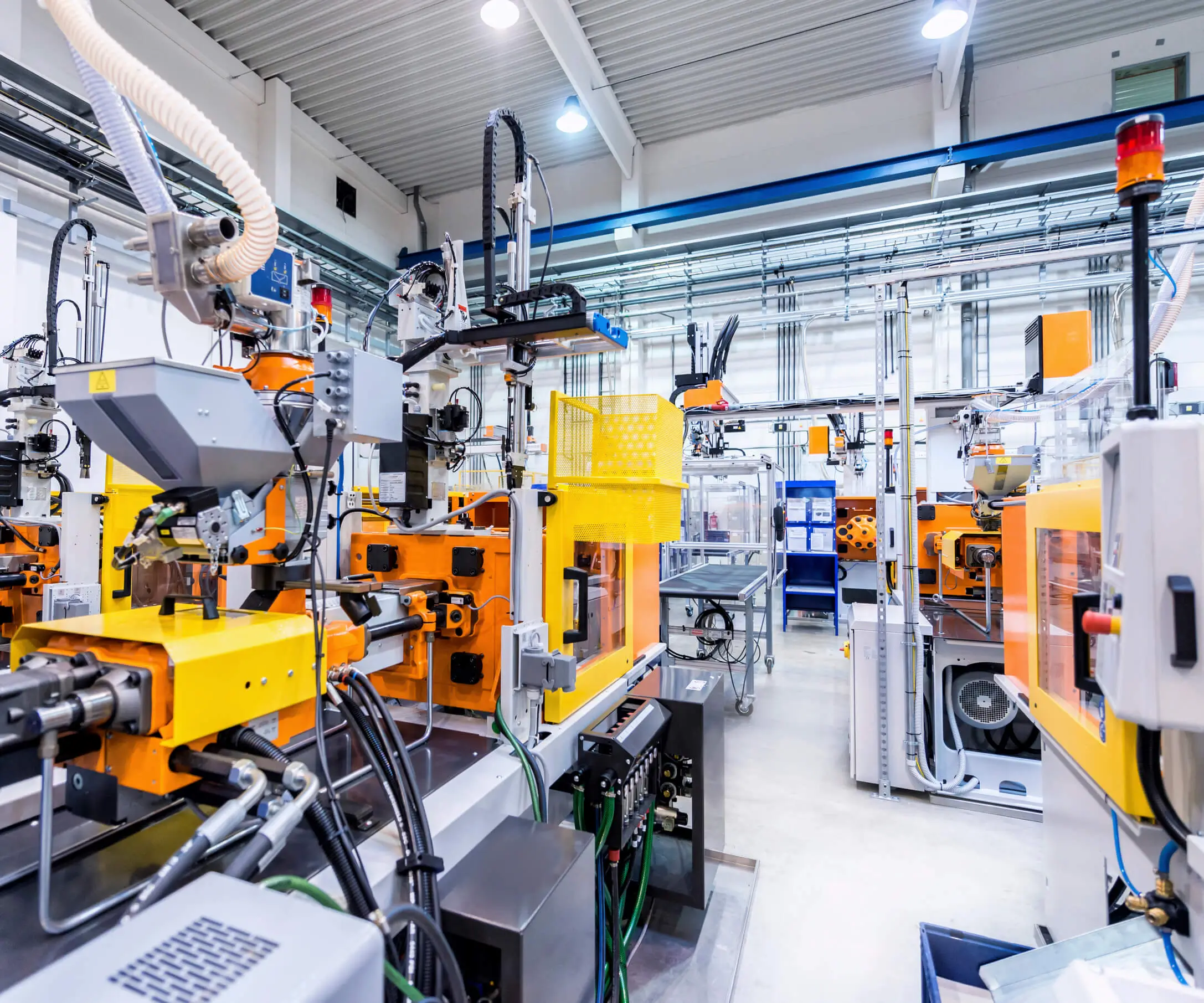Imagine building a web service that runs like a well-oiled machine, smoothly handling multiple tasks without breaking a sweat. That's where a Node.js microservices framework comes into play. Think of it as putting together an intricate, yet flexible Lego masterpiece—each tiny piece is a microservice, perfectly designed to do its job, but when assembled, you get a powerhouse of scalability and agility.

Ever tried managing a monolithic app? It’s like trying to juggle everything at once—one mistake and the whole thing might fall apart. Microservices flip that concept upside down. Instead of one giant blob of code, you break your system into smaller, interconnected modules. Want to add a new feature? Just plug in a new microservice. Need to update something? Swap out a module without risking the whole system.
This isn't just about convenience, though. A well-designed Node.js framework for microservices packs a punch when it comes to performance. Node’s asynchronous nature means it can handle multiple requests in real time, making everything quicker and more responsive. Plus, its lightweight footprint makes scaling—adding or removing microservices—a breeze. Imagine a sudden surge of users—you can spin up new services on the fly, balance loads effectively, and keep everything running smoothly.
But what about reliability? Well, microservices have that in their DNA. If one service hiccups, it doesn’t drag the whole show down. You can isolate failures, reroute traffic, and keep the user experience intact. That’s crucial for apps that need to stay up 24/7, like e-commerce sites or real-time dashboards.
People often wonder, “Is this complex to set up?” Honestly, it depends on your existing infrastructure. Modern frameworks minimize setup headaches with clear APIs and pre-built modules. It’s about creating a system that’s not just powerful, but manageable. Imagine having a toolbox that lets you craft, customize, and grow your architecture without banging your head against a wall.
And if you’re thinking about maintenance, the modularity shines again. Each microservice can be tested independently. Bugs are isolated faster, updates roll out without downtime, and overall stability gets a boost. In an age where speed and uptime are king, this flexibility is no longer a luxury—it’s a necessity.
Let’s talk about future-proofing. Technology evolves quick. A solid Node.js microservices framework doesn’t just keep up; it adapts. Adding new features, integrating with cloud platforms, or even switching tech stacks in parts—easy does it. It’s like giving your app a set of reins to steer through whatever the future throws.
People may ask, “Does it really improve efficiency?” Absolutely. By spreading functionalities into smaller parts, you streamline deployments and reduce risks. Your teams can focus on specific features, improving both quality and speed. Over time, this creates a cycle of continuous improvement without the chaos of big rewrites.
Building a system with such a framework is more than just tech; it’s about creating a flexible foundation for growth. Whether you're just tinkering or aiming for enterprise scale, a Node.js microservices approach stands out. It’s about moving fast, staying resilient, and never feeling stuck at a dead-end. If the future is about adaptability, then microservices are the secret weapon to stay ahead of the curve.
Established in 2005, Kpower has been dedicated to a professional compact motion unit manufacturer, headquartered in Dongguan, Guangdong Province, China. Leveraging innovations in modular drive technology, Kpower integrates high-performance motors, precision reducers, and multi-protocol control systems to provide efficient and customized smart drive system solutions. Kpower has delivered professional drive system solutions to over 500 enterprise clients globally with products covering various fields such as Smart Home Systems, Automatic Electronics, Robotics, Precision Agriculture, Drones, and Industrial Automation.




































